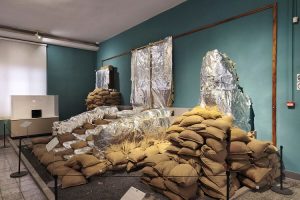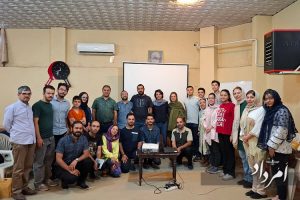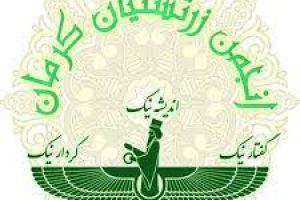In the west of Lorestan province, in Rumeshkan County, the largest ancient hill in western Iran is visible. This hill contains signs of thousands of years ago, in its structure. Archaeological excavations have revealed some parts of this ancient area. It is called “Choghabal.” Archaeological excavations in Choghabal still need to be completed, and it is possible that other signs of its ancientness will be found there.
Choghabal is cone-shaped and means “high hill” in the local language. No ancient hill as big as Choghabal has been found in the entire west of Iran. Rumeshkan county itself has an age of several thousand years and is full of prehistoric and historic remains. The numerous ancient hills of Rumeshkan, in its vast plain, and in various sizes, is one of the reasons that gives this area a historic and ancient view.
Under those hills and ridges, the remains of ancient fortresses are hidden; Fortresses that are made of stone and plaster, and when they were built, were considered a place to keep things, a place for animals and livestock, and a place for people to live; They were also known as a shelter to prevent the encroachment of foreigners and invaders. All the hills are aligned and show signs of forgotten civilizations. The tallest is the ancient Choghabal, built by humans thousands of years ago. Its dense and high view is evident from a distance and stands out in front of its visitors.
The pottery found in Choghabal reveals different periods. The first is the Neolithic period 12,000 years ago; another copper and stone period in 4500 years BC; Then the Iron Age in 1500 to 500 BC; Bronze Age until 1500 BC; Iron Age to 550 BC and Achaemenian, Parthian, and Sasanian historical periods. This hill is 25 meters high.

The pottery obtained in Choghabal reveal different periods. Embossed pottery, flint stones, and clay-based dishes are among the findings of archaeologists in Choghabal. Although the archeological excavations there have yet to be completed, doubtless, with more excavations more objects will be unearthed. The hidden secrets inside these mounds will start to talk about civilizations that have been silent for ages.
Archaeologists named Eric Schmidt and his wife, Mary Helen, from the University of Chicago began speculating in Choghabal for the first time. This work was done from 1934 to 1936 AD (1312 Iranian official calendar). In one week, they investigated the area with the help of local guides. With the advanced tools of that time and taking aerial photos, they investigated Rumeshkan, Seymareh, and Koohdasht to find ancient sites. Two archaeologists and their accompanying group found Choghabal very soon and discovered its archaeological importance. In their explorations, valuable and prehistoric artifacts were found, now kept in the Museum of Ancient Iran.
In the northern part of Choghabal, another hill called Choghabur was investigated, two kilometers away from Choghabal. This hill, which has a different shape and is square, did not make archaeological excavations possible due to agricultural use; perhaps the artifacts hidden inside it were either lost or could be discovered in the unknown future.
In Choghabal, tombs and an ancient slum-like fortress have been found next to a village called Bazvand, whose construction dates back to the middle period of Iranian history.










